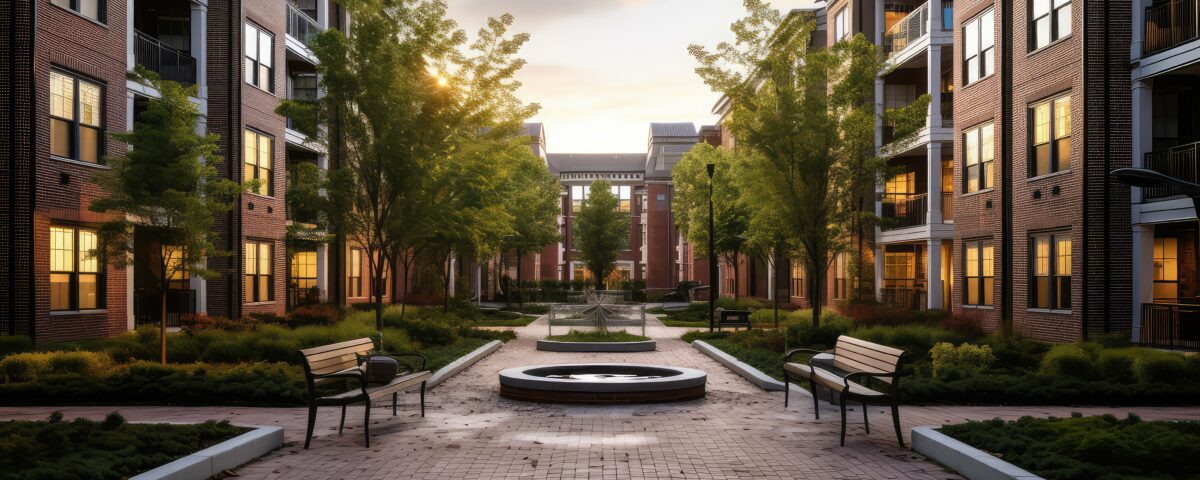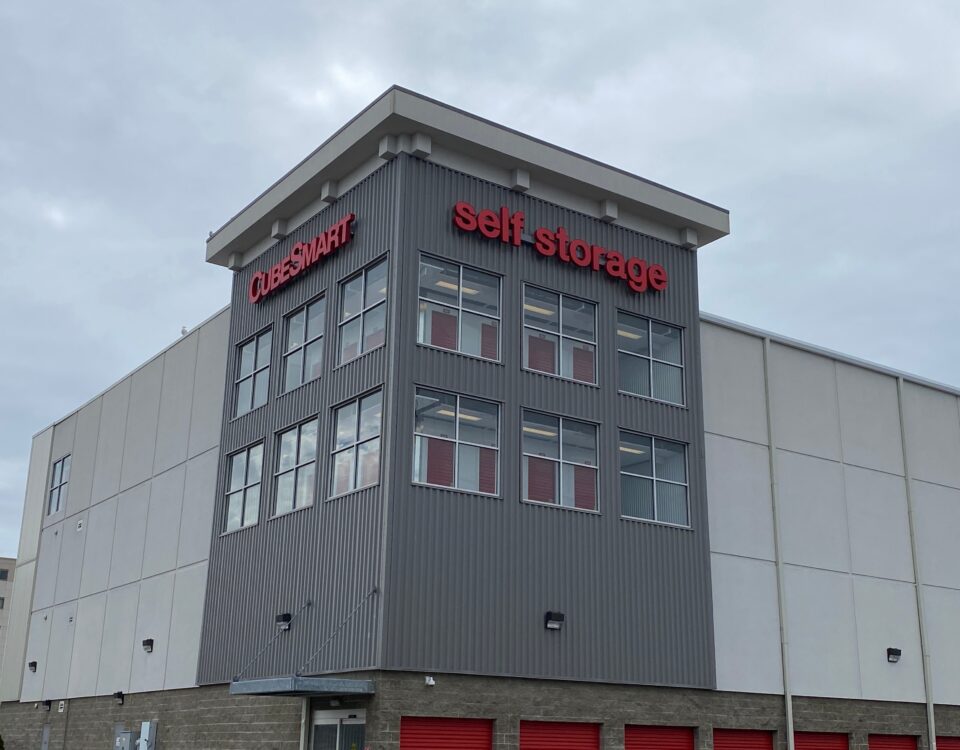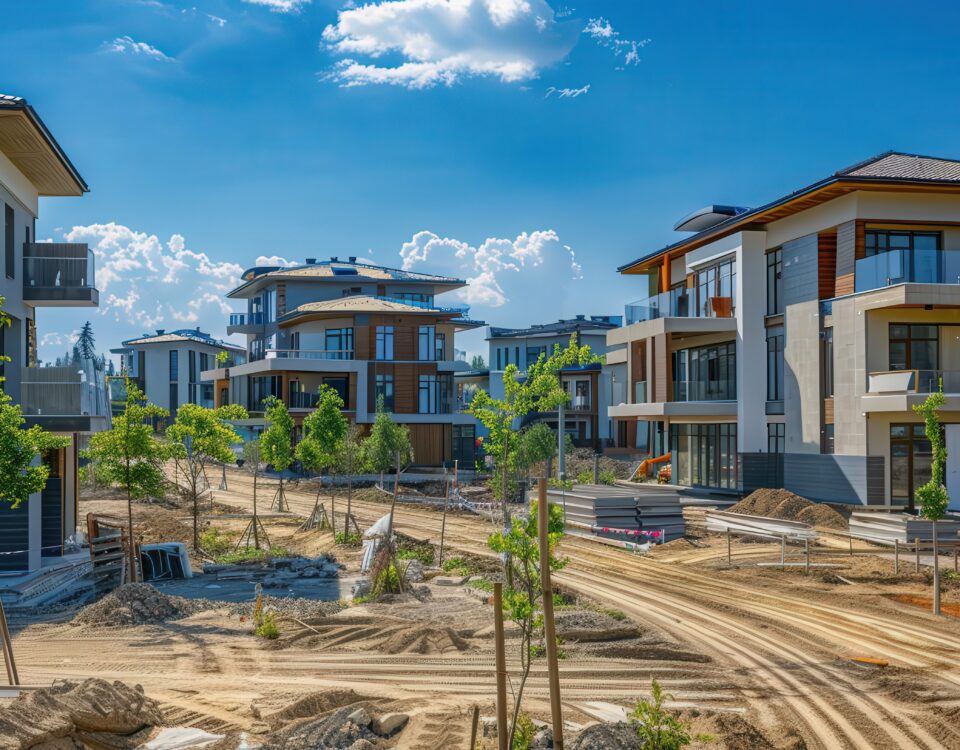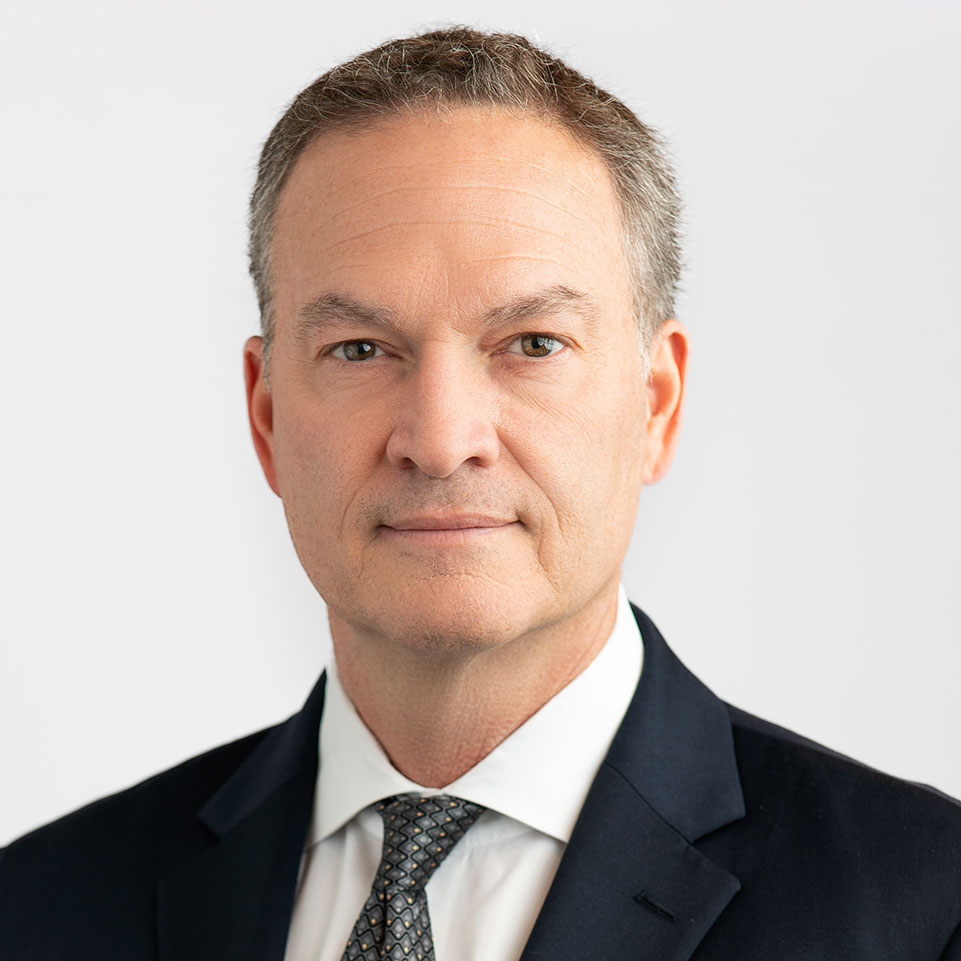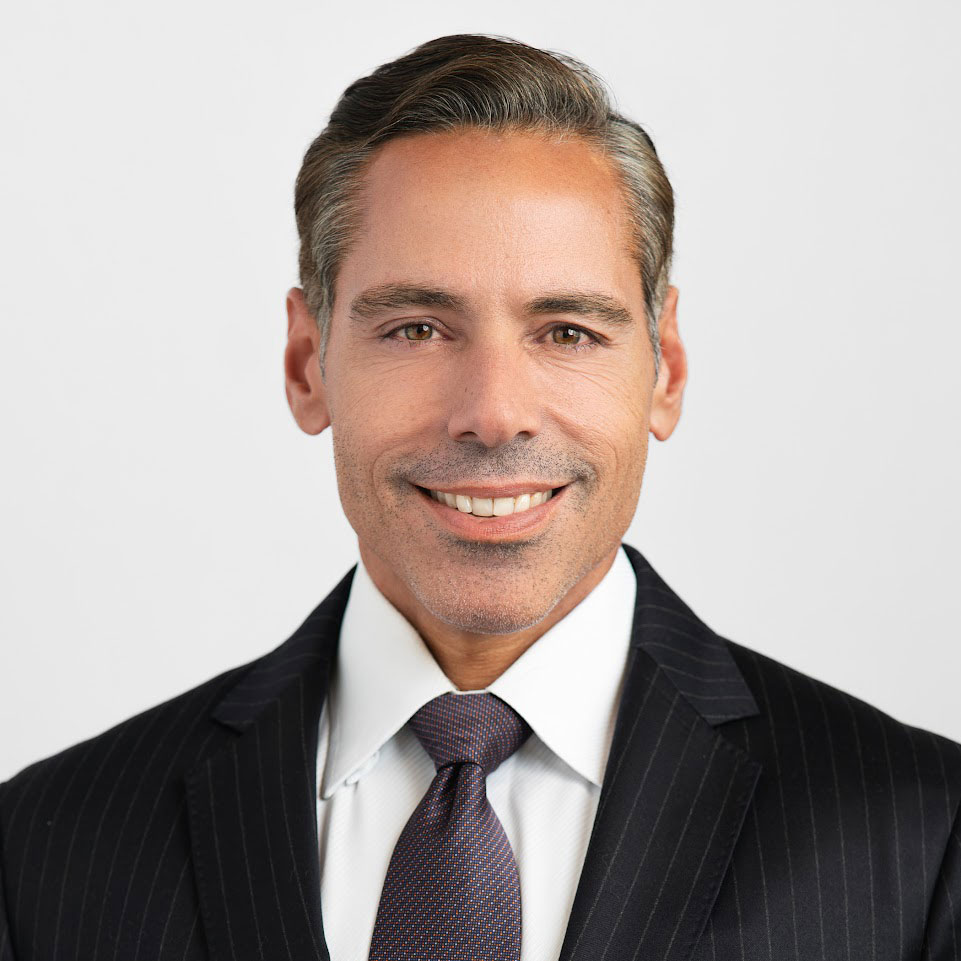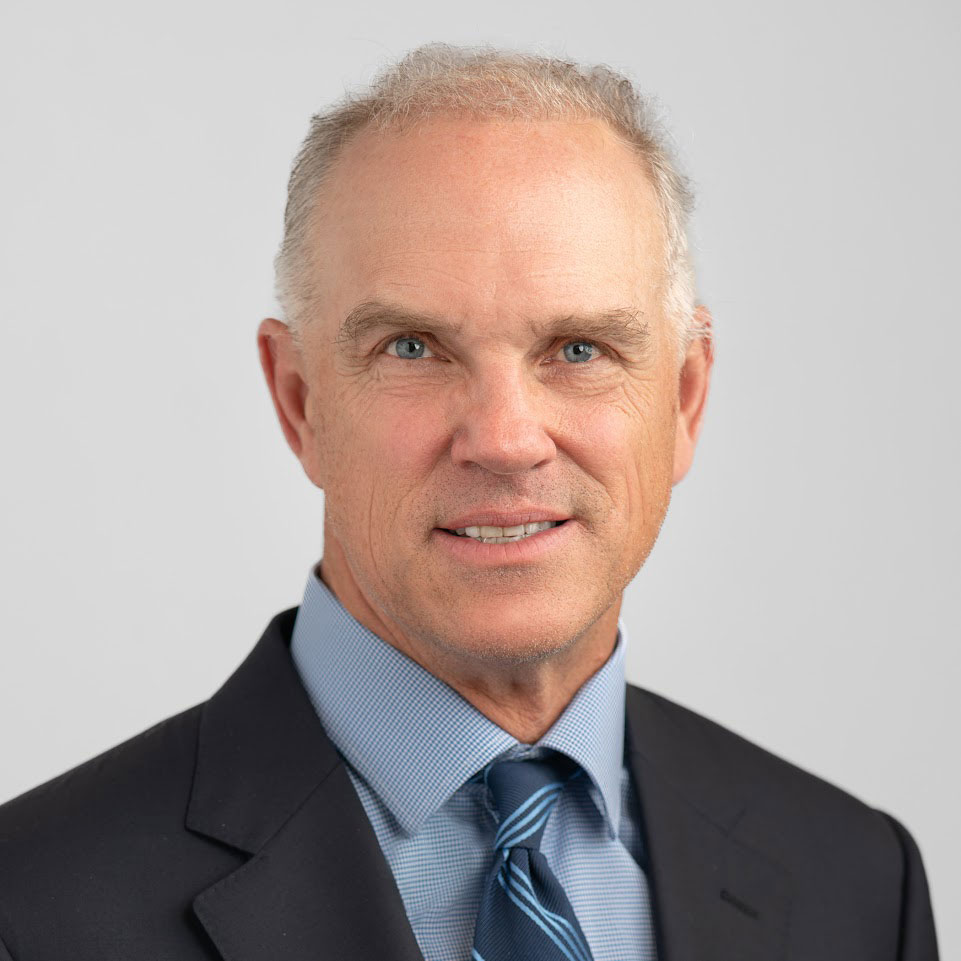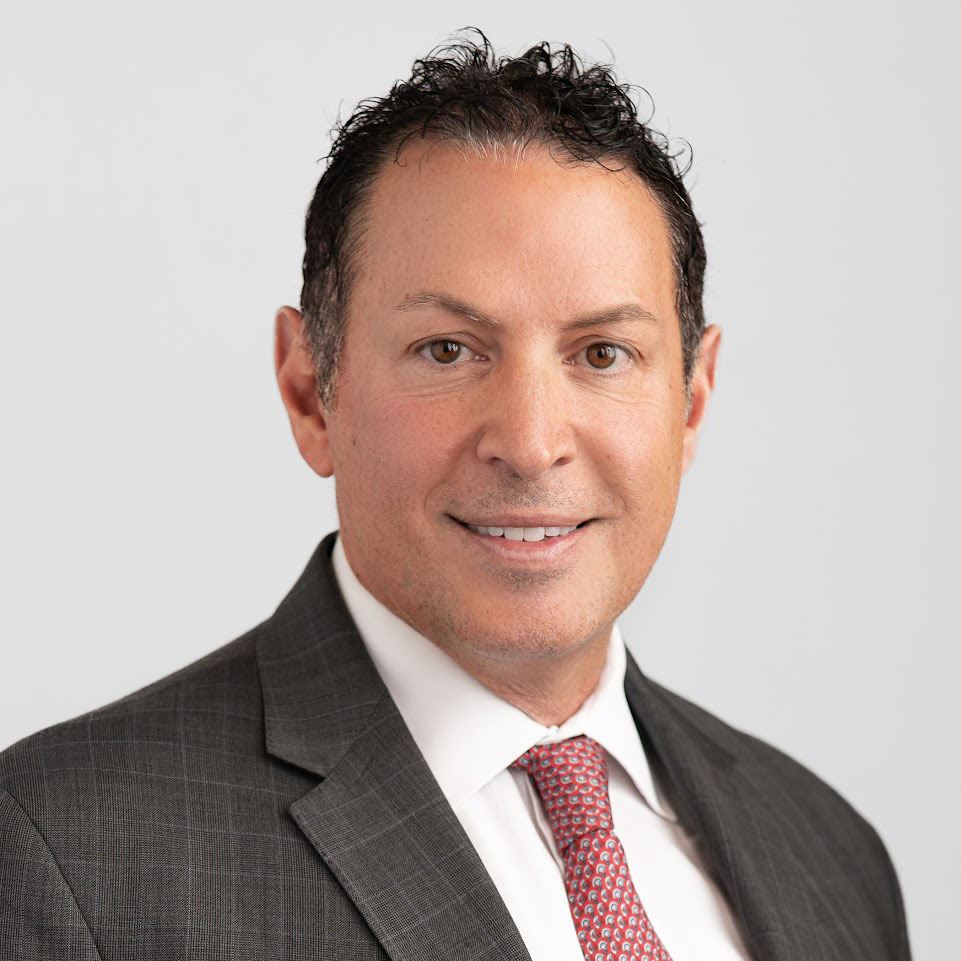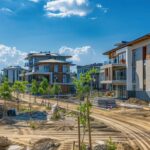
Why a Commercial Developer’s Choice of Bridge Lender Matters
December 30, 2024
Fairbridge Bridge Loan Revives a Stalled and Complex Project
June 12, 20254.9 million. That’s the estimated shortfall in US housing units according to a study recently published by The Brookings Institution. However, even this study says the number could be as high as 6.4 million. It’s a big problem that developers of workforce housing, for one, are eagerly hoping to remedy. However, there’s a roadblock: banks’ lack of appetite to lend. Fortunately, through bridge loans, private credit is helping to keep the pipeline active for developers of workforce housing.
At Fairbridge, we focus on the workforce housing sector because we believe it unlocks opportunity both for the developers who specialize in it and for the middle class who truly need this housing. Workers who hold secure jobs and bring in steady paychecks can find themselves price constrained in certain markets and in search of a good rental product.
Right now, we see opportunity in secondary and tertiary markets – towns and cities across North Carolina, Ohio, the Florida panhandle, eastern and central Connecticut, New Jersey and lots more. These markets show rising vibrancy, whether because they’re filling up with retirees and near-retirees who want easy access to work and recreation, college towns attracting students as well as life-long learners, or new tech hubs needing skilled professionals and people to provide infrastructure support.
Giving new life to secondary and tertiary cities
The thing about these secondary and tertiary markets is that at one point, usually decades ago, they were very active. But when industry and tastes changed, local governments and businesses couldn’t respond quickly enough. Now, with new kinds of industries and new kinds of market demand, potential residents are scouring these areas for rental properties. And while, technically, these cities hold a substantial supply of housing stock, because the stock is tired relative to today’s renters’ standards, it needs to be rehabilitated and refreshed before new tenants will move in. And for property that may be too far gone for rehabilitation, there’s also the option for tear down and new construction.
Fairbridge’s bridge loans enable workforce housing developers to take neglected multifamily homes, stand-alone houses, and garden apartments, and turn them into income-generating properties filled with delighted residents.
A look at some of the developers and the projects we’ve provided bridge loans to illustrates how Fairbridge’s private credit and quick turnaround unlocks opportunity.
The Northeast developer rehabilitating aging multifamily properties. In a city that’s just over 20 miles from New York City and had once been a thriving manufacturing center, 12 years ago a developer saw opportunity in the combination of existing housing stock and access to Manhattan. And yet, it was a struggle to get banks to lend to him. In more recent years, with bridge loans from Fairbridge, they’ve been able to close deals quickly and establish a steady project pipeline. And because we believe that responsiveness and relationship building is important to both sides of a loan, when interest rates spiked, we were able to help him equitize by monetizing assets that were underleveraged. Over the course of our years-long relationship, we’ve provided more than $250 million in short-term capital for 700+ multifamily units.
The developer capitalizing on an up-and-coming tech hub. Tech companies are looking for big swaths of affordable land and pre-built infrastructure, and their eyes are turning to the former Rust Belt. In one city, two- and three-bedroom Cape Cod style homes from the 50s and 60s are attracting middle class renters thanks to fresh paint, redone bathrooms and kitchens, and other upgrades. In just 4 years, $40+ million in bridge loans from Fairbridge have enabled the developer to meet growing rental demand.
The developer converting military housing into middle class rentals. Up and down the eastern seaboard there are towns that used to be bustling naval bases. A local developer in one of these cities is turning garden-style apartments into workforce housing. Their local bank has a very conservative approach to lending and will only provide funds up to a certain amount. Fairbridge is filling in the rest of the capital stack and providing the money to pay for paint, carpeting, new cabinets, and other value-add refurbishments.
The Florida developer who vowed never to work with banks again. A commercial developer with 30 years’ experience was fed up with what he called “the run around and requirements” from bank lenders. As he said, “They are too slow and make me put balances that don’t make any sense into their bank.” And even though rates with private credit are higher than from public institutions, he believes (like so many developers) that the greater efficiencies – faster turnaround, talking directly with decision makers, and getting deals done – vastly outweigh the marginally higher rates, especially since the loans are just for 18 months or less.
Lending privatization leads to greater efficiencies for borrowers
With a shortfall of several million housing units all across the US, there’s incredible opportunities to rehab aging housing stock – but only if commercial real estate developers have access to the short-term capital needed to pay for the revitalization. At Fairbridge, we’re replacing traditional bank lenders with an alternative model that delivers significant efficiencies for borrowers: direct interaction with decision makers, constructions loans being funded within weeks and construction draw being funded within a few days (as opposed to elongated time frames), and replacing the tension between parties (where the focus is on debt repayment to the exclusion of everything else), with a borrower-lender partnership that pulls in the same direction.
